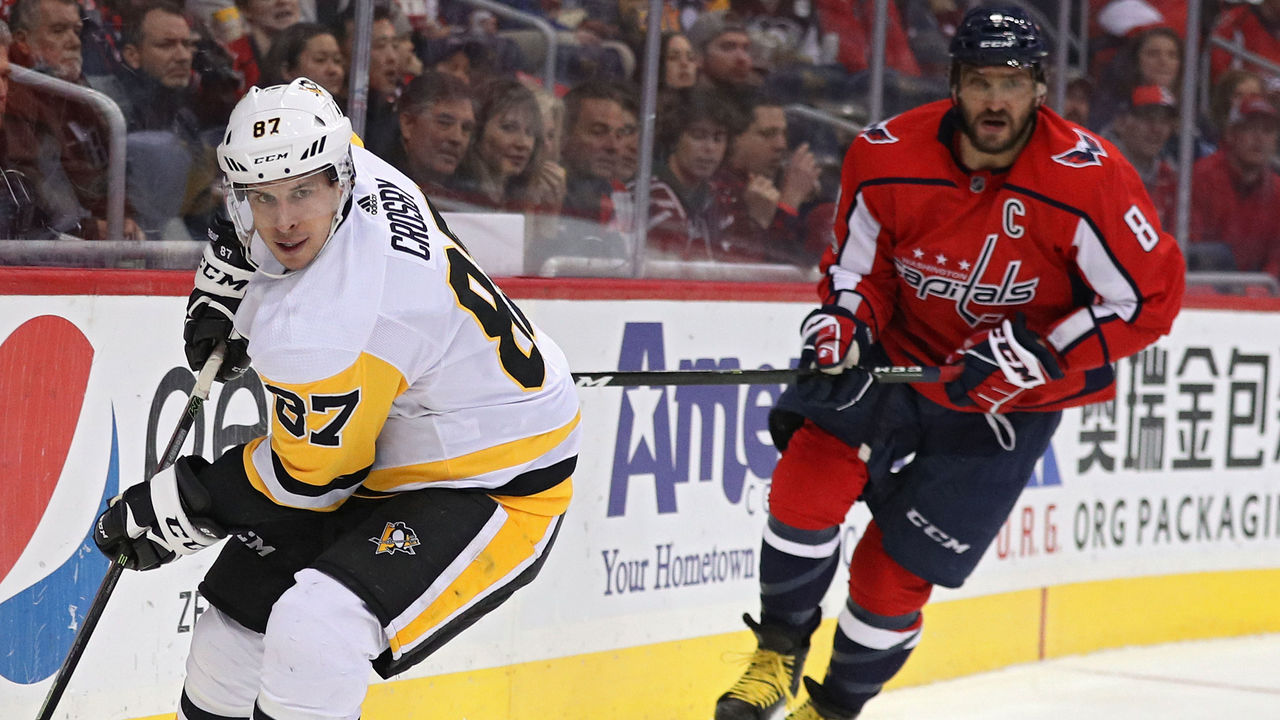Hollywood
Well-Known Member
The NHL is getting creative in exploring its options for the 2020-21 season.
While the league is looking for ways to have teams play in their own buildings, it's also discussed using short-term hubs and temporarily realigning the divisions to reduce travel amid the coronavirus pandemic, NHL commissioner Gary Bettman said Tuesday.
"You'll play for 10-12 days," Bettman said of the potential hub system, according to NHL.com's Nicholas J. Cotsonika. "You'll play a bunch of games without traveling. You'll go back, go home for a week, be with your family. We'll have our testing protocols and all the other things you need.
"It's not going to be quite as effective as a bubble, but we think we can, if we go this route, minimize the risks to the extent practical and sensible. And so that's one of the things that we're talking about."
With the Canada-United States border closed to nonessential travel, a division including all the Canadian teams is another possible adjustment.
"Obviously, we're not going to move all seven Canadian franchises south of the 49th parallel, and so we have to look at alternative ways to play," Bettman said.
He added, "As it relates to the travel issue, which is obviously the great unknown, we may have to temporarily realign to deal with geography, and that may make sense, because having some of our teams travel from Florida to California may not make sense."
The NHL is targeting Jan. 1 as the start date for the 2020-21 campaign and reportedly won't consider playing less than a 48-game season. Bettman, who previously said he'd prefer to avoid playing in the summer, says he's focused on getting back to the league's usual calendar.
"While we're in the middle of working on our return to play as well, which I hope to have put to bed soon, our goal is to get back to a normal schedule starting (next) fall and being done before July on a longer-term basis," Bettman said. "That is the goal."
The NHL and NHLPA each need to agree upon any potential plan as they did for the 2020 return to play.
While the league is looking for ways to have teams play in their own buildings, it's also discussed using short-term hubs and temporarily realigning the divisions to reduce travel amid the coronavirus pandemic, NHL commissioner Gary Bettman said Tuesday.
"You'll play for 10-12 days," Bettman said of the potential hub system, according to NHL.com's Nicholas J. Cotsonika. "You'll play a bunch of games without traveling. You'll go back, go home for a week, be with your family. We'll have our testing protocols and all the other things you need.
"It's not going to be quite as effective as a bubble, but we think we can, if we go this route, minimize the risks to the extent practical and sensible. And so that's one of the things that we're talking about."
With the Canada-United States border closed to nonessential travel, a division including all the Canadian teams is another possible adjustment.
"Obviously, we're not going to move all seven Canadian franchises south of the 49th parallel, and so we have to look at alternative ways to play," Bettman said.
He added, "As it relates to the travel issue, which is obviously the great unknown, we may have to temporarily realign to deal with geography, and that may make sense, because having some of our teams travel from Florida to California may not make sense."
The NHL is targeting Jan. 1 as the start date for the 2020-21 campaign and reportedly won't consider playing less than a 48-game season. Bettman, who previously said he'd prefer to avoid playing in the summer, says he's focused on getting back to the league's usual calendar.
"While we're in the middle of working on our return to play as well, which I hope to have put to bed soon, our goal is to get back to a normal schedule starting (next) fall and being done before July on a longer-term basis," Bettman said. "That is the goal."
The NHL and NHLPA each need to agree upon any potential plan as they did for the 2020 return to play.



